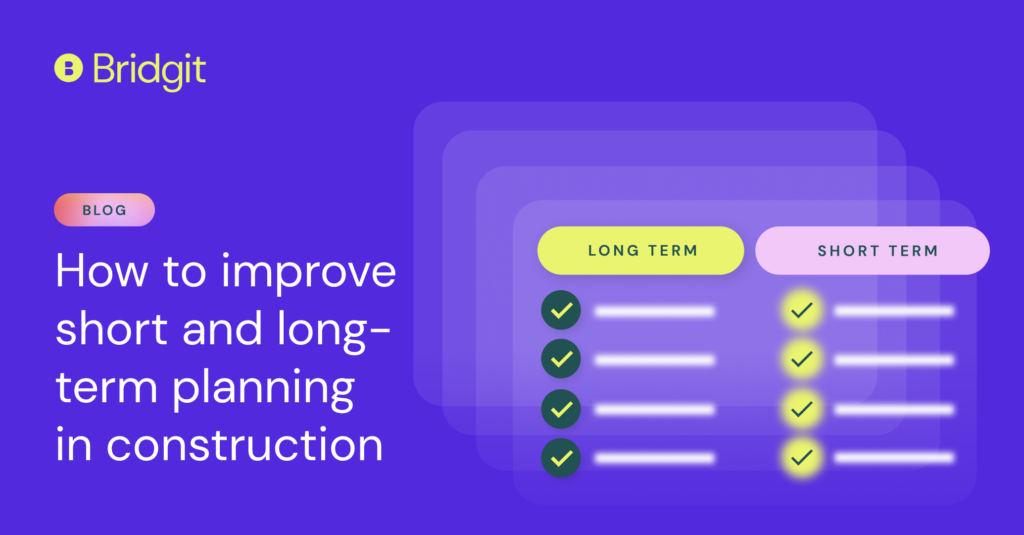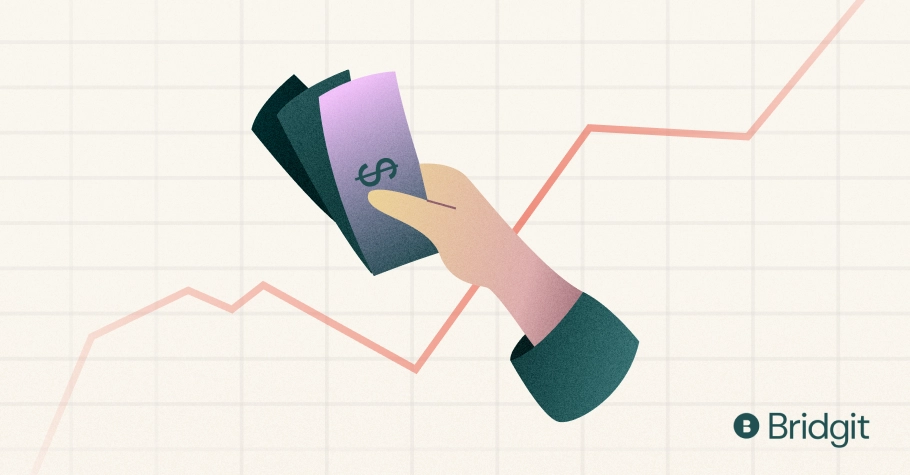We know construction has faced a myriad of challenges over the past couple of years brought on by the pandemic. The industry grapples with turbulent prices, a scarcity of skilled labor, and rising borrowing costs. It goes without saying that this leads to rising construction costs, skewed project timelines, and the inviability of projects.
“Pre-pandemic levels” is something we write a lot about, as if it’s a place we can go. That era is over, for construction and other industries. It serves as a memory, a signpost for comparison, not a time we can return to.
The reason is that the cost of money is different now. What does this mean? It refers to rising interest rates and inflation and the ripple effect they have on the actions we take in construction. The ripple effect is the cost we pay for the increased cost of money.
I want to delve into the complexities of the current landscape, looking at the impact of the cost of money on the construction industry and what that means in the short and medium to long term.
Increases in material prices and labor have hindered project viability. A report from Oxford Economics indicated that about 82.5% of construction materials experienced a significant cost increase since 2020, with an average jump of 19%. This surge in prices has been observed in key construction materials such as wood (16%), steel (22%), concrete & masonry (15%), electrical conduit (12%), and insulation (11%).
The scarcity of skilled labor is an endemic problem in the industry. It’s a driving factor behind the increase in construction costs as firms are forced to offer higher wages, raises, and bonuses to attract and retain workers. The result? Human capital is more expensive resulting in a higher cost for goods and services.
This surge leads to delays and termination of projects as developers and contractors reassess their budgets and financial viability. This is especially true in the residential sector. In Canada 1 in 5 developers are nixing projects, and half are saying they’re building fewer units. Canada already faces a housing shortage so this alarming trend won’t help cool the affordability of homes in the medium to long-term.
In the United States there was a decrease of about 5 percent in residential construction starts in 2023 so far. Completed homes have also decreased by 5.4 percent compared to last year. Couple this with higher mortgages for home buyers, what do you get? More slowdown.

Interested in improving your long-term planning?
Check out our recent post about balancing short-term workforce planning with long-term company strategies.
Inflation doesn’t seem to be cooling either, which at least for the short to medium term, means that costs will remain high. This will push smaller contractors to the brink as their profit margins shrink and their costs continue to rise.
Yet, despite all of this there’s a rise in construction spending. An increase doesn’t necessarily mean that construction firms are delivering more service, but that they’re charging more for the services they’re already providing. Is this good? It does show confidence in the economy. It also acts as an indicator that inflation needs to be controlled, which leads to interest rate hikes. Construction is tied to borrowing costs because the vast majority of contractors don’t have the cash on hand to build projects out of pocket.
By most accounts, there’s confidence in the industry because of the steady backlog of projects. The Construction Confidence Index (CCI) provides an indication of the outlook of construction owners for sales, profit margins, and staffing. ABC’s Construction Confidence Index in August remained above 50, indicating that construction owners still expect growth overall for sales, profit margins, and staffing.
Specifically, the CCI for profit expectations was 60.8, staffing expectations were 64, and sales hopes were 63.9. This indicates a positive outlook among construction executives.
This outlook is particularly true in infrastructure. The backlog in this sector increased for the third straight month and, more than 18 months after the passage of the $1.2 trillion Infrastructure Investment and Jobs Act, is now at its highest level in two years. The spending here isn’t expected to peak for another four years as more infrastructure projects get awarded.
Dampening this positive news comes from Washington D.C., as some contractors have claimed the rules around how the money is distributed are unrealistic or vague. Large-scale projects seem to be reserved for unionized firms, pushing out competition from nonunion contractors, and driving up service prices which are financed by American taxpayers. Prices would also increase in the private sector, as nonunion firms have a smaller volume of projects to bid on (as well as the size and scope of these projects). In order to make a profit they’ll have to charge more, leading to an overall decrease in construction starts as well as work in general.
Why all this focus on housing and infrastructure?
In my view, these two construction sectors bear the biggest cost when it comes to the daily lives of the general public. The ripple effect of their success or slowdown can shift behavior on a large scale.
For example, if thousands of people are having their new housing or apartment builds canceled, it adds stress in the short term as individuals go through the process of getting their money back. People will also have to find housing as their original plans collapsed, which is an additional cost. In the long term, confidence in builders diminishes and the fundamental problem, a housing shortage, is only exacerbated.
Infrastructure has far-reaching consequences for the quality of life of the country. For one, if taxpayer money, which funds the IIJA, is bogged down in bureaucracy, or used inefficiently, there’ll be hundreds of important projects that don’t get the attention they need. This means bridges, roads, water and energy projects that won’t serve the public effectively. The ripple effect of this is massive as it degrades foundational aspects of our society, like clean drinking water. It also degrades people’s ability to get to work.
On the other hand, the effective use of these funds can help revitalize decaying towns and provide jobs for years to come, creating a rising tide that helps lift all boats.
And that’s what this is about, the increased cost of money has, at least in the short term, made the tide recede. Under normal circumstances, this would all make more sense, but the smoke from the pandemic is still clearing. And it’s clouding exactly what we need most at this important juncture, a little bit of certainty.


